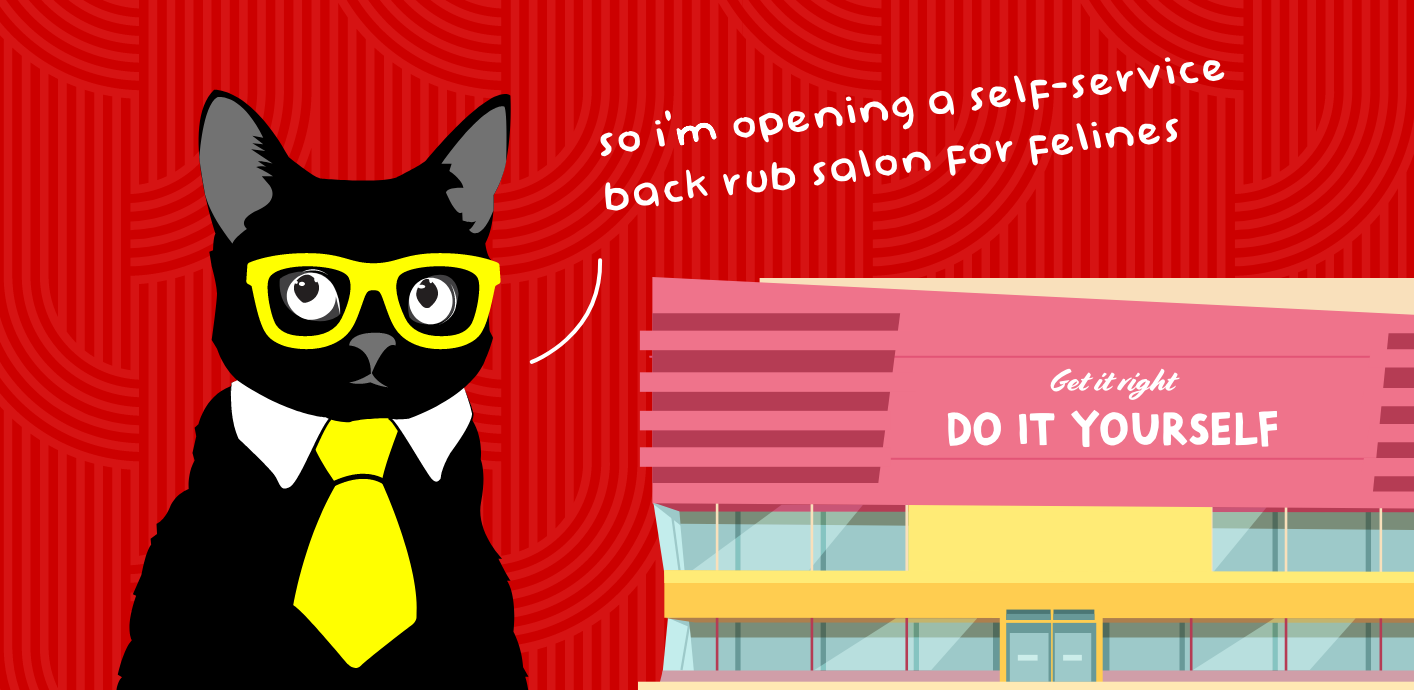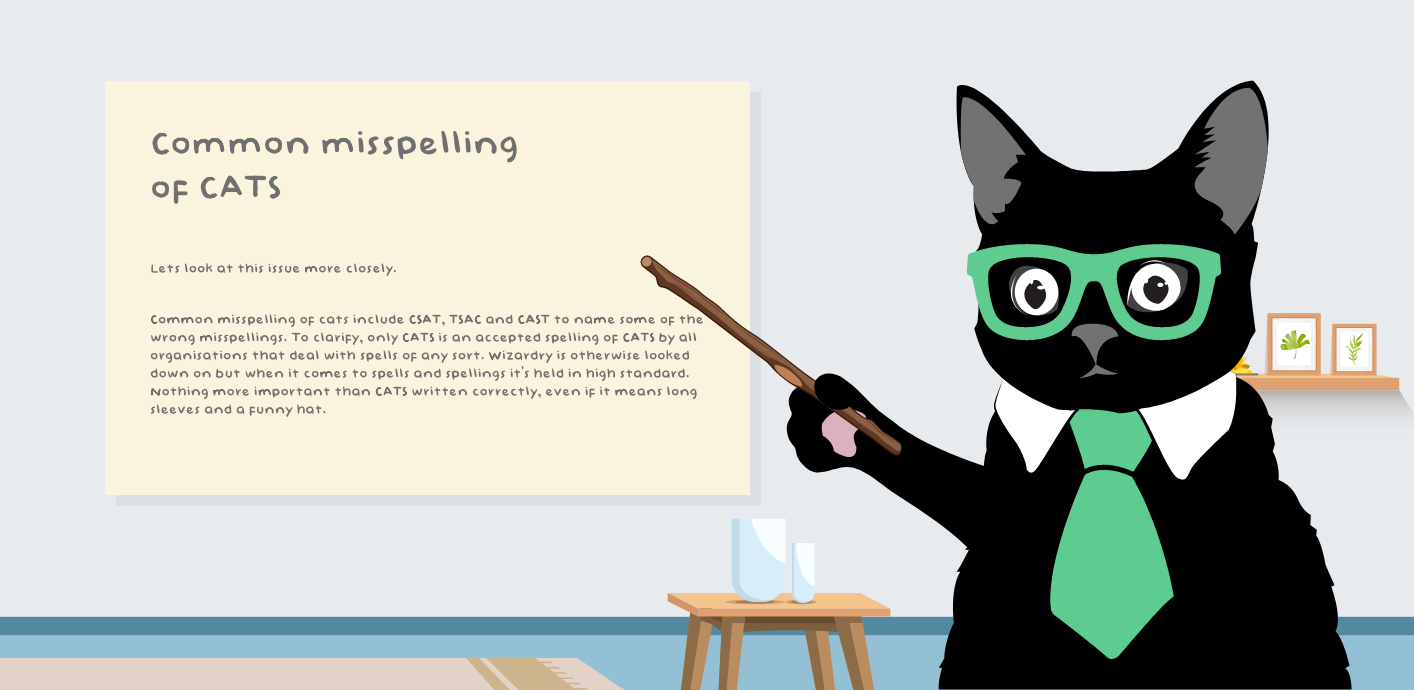Looking to keep tabs on the right live chat metrics?
With all the information floating around, it might feel like you’re swimming in a sea of data. Plus, having more than 14 suggested live chat KPIs to monitor doesn’t really simplify things…
No worries, we’re here to make sense of it all.
How do you measure live chat success in contact centers?
Let’s focus on 3 areas that matter for most contact centers:
- Agent performance — Average First Response Time (FRT), Average Handle Time (AHT), Total Chat Volume, Missed Chats, Self-service Rate
- Customer experience — Customer Satisfaction Score (CSAT)
- Support quality — Internal Quality Score (IQS)
Live chat metrics: Agent performance
First things first, there is no single KPI that can give you a complete picture of your live chat performance. Considering the different issues your team handles and the wide range of customers they interact with, it’s important to take a broader view to really get the hang of how well your agents are doing.
Try implementing live chat metrics that matter for your team (and your customers):
Average First Response Time (FRT)
Average FRT, meaning First Response Time, is the duration between a customer starting a conversation and an initial response by a live chat agent.
First Response Time for all live chats / Total number of conversations = Average FRT
If you use live chat software to interact with customers, you should be able to find these numbers using the reporting features.
Why bother? Most customers are hoping for service that’s both speedy and efficient, and First Response Time plays a major role in fulfilling those hopes.
Responding swiftly and effectively can build a strong foundation of trust and loyalty with your customers. On the flip side, if they have to wait around for too long, they might get frustrated, disappointed, and you might even risk losing their business.
To sum up, FRT is a valuable performance indicator for customer service teams, as it helps to:
- Get a good grasp on how efficient your live chat operations are,
- Spot moments where a little coaching could go a long way,
- Keep tabs on your team’s workload and predict staffing needs with more accuracy.
Just a quick note to keep in mind: If your contact center isn’t up and running 24/7, it’s best to measure your live chat response time during your regular business hours. This way, it won’t get skewed by those late-night or weekend chats.
✨ According to the latest Customer Service Quality Benchmark Report, the First Response Time (FRT) benchmark for 2023 is 4h42min.
![]()
Average Handle Time (AHT)
Average Handle Time (AHT) is the average amount of time that a support rep spends handling a customer interaction via live chat.
The handling time includes everything from saying ‘hello’ to the customer, gathering details, sorting out the issue, and then wrapping things up, like adding a note or scheduling any follow-up tasks.
Total time spent on handling interactions / Total number of conversations = AHT
According to the latest Customer Service Quality Benchmark Report, 25% of all surveyed CX professionals track AHT.
No wonder. AHT provides insights into the efficiency and effectiveness of your customer service operations. Plus, it’s tied quite closely to other ticket-based metrics like Total Live Chat Volume, as well as Customer Satisfaction Score (CSAT).
By studying the average time spent on each live chat session alone, you can spot where the hold-ups are, make necessary improvements, and even schedule the team’s shifts in a smarter way.
✨ The AHT benchmark for 2023 is 9 min 44 seconds.

Total Chat Volume
Chat Volume (also referred to as Total Tickets or Conversation Volume) tracks all live chat sessions you receive.
It might not seem like much at first, but it’s a major indicator of the demand placed on your customer support team.
Ultimately, monitoring Live Chat Volume contributes to better service, quicker response times, and higher customer satisfaction. How come?
- It helps your customer support team prioritize their tasks. By organizing and sorting customer tickets based on how many there are, how urgent they are, and how complicated they are, teams can make sure they tackle the important stuff right away.
- Keeping an eye on Chat Volume helps you set realistic customer service goals. You can look at past data to see how many tickets your support agents usually get and use that as a benchmark. By setting goals based on Ticket Volume among other metrics, your team can focus on working efficiently and making customers happy.
- Analyzing this live chat metric is also important for figuring out how many team members are and what kind of training is needed. By looking at how many live chat sessions come in and how they’re spread out, teams can see if they have enough people to handle everything.

Missed Chats
Missed chats are basically chat conversations that your team didn’t pick up.
Usually, this means there was no one around to answer the chat. But, there might as well be other reasons why some chats fall through the cracks that are worth investigating.
Again, with live chat software, this live chat metric should be fairly easy to track. It helps you understand when your team might be stretched too thin or if your chat availability doesn’t match customer demand.

In a perfect world, you wouldn’t miss any c(h)ats. In reality, 21% of all live chats are missed by customer support agents. Of course, this metric largely depends on a few things: the number of website visitors, existing customers, live chat sessions, and your support staff.
If you see this number starting to climb, it might be a good sign to think about:
- Bringing on more team members,
- Only showing your chat windows at certain times,
- Introducing chatbots or AI-powered assistants that can tackle the simple stuff all on their own, freeing up your support agents from handling those incoming chats.
Self-service Rate
Customers appreciate being knowledgeable and having the freedom to find information on their own. Studies show that almost half of surveyed customers actually prefer to solve problems independently instead of reaching out for support.
The self-service rate gives you an idea of how often customers are able to sort things out or complete transactions on their own, without needing to chat with an agent.
The way you calculate this live chat metric largely depends on your support tech stack. There’s a whole range of tools that empower customers to handle things on their own: From knowledge bases to AI chatbots, contact centers usually use a combination of self-service resources and automated software solutions. And rightly so.
In the past, chatbots could only answer simple questions and give pre-set information about products or services. When customers had more complicated questions, they often got frustrated because they had to be super specific to avoid confusion.
Things have changed. Chatbots that now blend the powers of AI and automation are able to provide more detailed and purrr-sonalized responses for your customers.
Self-service Rate calculation
The number of customers who were able to get the assistance they needed through your chatbot / Total number of chats = Self-service Rate
If you only use a knowledge base, you can keep an eye on the number of knowledge base sessions and compare it with the number of resolved live chat queries.

Live chat metrics: Customer experience
Getting too caught up in agent performance metrics can sometimes lead to valuing speed over quality. A fast response doesn’t always mean the customer’s problem was solved properly, or that they had a great experience. In fact, if the first response feels hurried or incomplete because the focus is on speed, it could end up souring the customer’s experience later on.
To get the full scoop on your contact center’s performance, it’s important to send out customer surveys, collect real-time feedback, and measure customer service metrics like Customer Satisfaction Score (CSAT), Net Promoter Score (NPS), or Customer Effort Score (CES).
CSAT
Customer Satisfaction Score (CSAT) helps you measure customer satisfaction with your live chat support.
To identify satisfied customers, you first have to ask them a simple question: How satisfied are you with the support received?
Most CSAT surveys use 3-, 5-, or 7-point rating scales, but it doesn’t mean that yours can’t be different. No matter which one you choose, you should define what a paw-sitive rating means for your contact center. For a 7-point scale, for example, you could treat 6 and 7 as indicators of satisfied customers.
Keep in mind that customers are questioned separately, and sometimes anonymously. The results, however, are averaged out to give a composite score, usually expressed as a percentage: 100% being total customer satisfaction, and 0% total customer dissatisfaction. We haven’t seen any business CSAT score that low, though!
✨ According to the latest Customer Service Quality Benchmark Report, the CSAT benchmark for 2023 is 85%.
To calculate your CSAT for a given time period, sum up all positive responses, divide them by the number of all the responses received, and multiply by 100.
(Total number of positive responses / Total number of responses collected) x 100 = CSAT %

There’s one thing to mention, though. When collecting CSAT surveys, the most insight-rich feedback comes from open-ended comments. That is where people can go beyond the discrete categorical answers of the survey and openly share their thoughts.
The problem is, the average CSAT response rate is 19% for live chat support. But, apart from asking for feedback at the right moment (and doing so regularly), you can also get higher response rates for your surveys if you:
The more detailed a response is the better – when customers leave comments, it gives you far more context for their feedback.

Live chat metrics: Support quality
It’s worth noting that external quality metrics such as CSAT or CES give you only part of the picture. A sense of how happy your customers are with your service, to be exact.
As such, they say nothing about, for example, how well your agents followed the internal guidelines, or even if they provided a correct and full solution to the customer’s inquiry in the end.
This is where customer service QA comes in.
IQS
Internal Quality Score (IQS) is a customer support metric that shows how well your customer service team is performing based on internal quality standards that you set yourself.
To measure IQS, customer service managers, CS QA specialists, or even colleagues review chat conversations and grade different aspects of the interactions using a QA scorecard.

To calculate the IQS score for a single conversation, sum up all ratings and divide them by the maximum available score multiplied by the total number of categories. Repeat the process with a representative sample of your tickets to calculate IQS for your entire support team.
(Sum of ratings / [Maximum available score x Number of categories]) x 100 = IQS %
According to the latest Customer Service Quality Benchmark Report, the IQS benchmark for 2023 is 88%. What’s more, 48% of teams use conversation reviews to track IQS over time. Are you?
How to improve your live chat metrics, then?
Keeping an eye on various metrics related to agent performance, customer experience, and the quality of support should give you a pretty comprehensive picture of how your contact center is doing. If you spot some areas that could use a bit of a boost, here are some things to consider:
1. Look into the individual performance and offer training if needed
Before making any judgments, double-check that your team has enough hands on deck, that everyone is trained up, and that they have the right automation tools to get the job done. It’s only after this that you should start dissecting the key performance indicators by individual agents.
You want to figure out who might be taking a bit longer to respond to customers and how well they’re handling chat requests. The end game here is to pinpoint what might be slowing them down and suggest ways they can pick up the pace. However, if they’re not the quickest to respond but the quality of their support is top-notch, it might be that your team is just dealing with a high number of chats, or perhaps your expectations for response speed are a bit too ambitious.
Still, if there’s a group of chat agents who seem to be finding things tough, think about organizing a dedicated training session. This can get everyone on the same wavelength about how and when to answer customer questions. It’s also a good opportunity to remind your reps of the live chat metrics you want to keep tracking and improving.

2. Have the answers handy
First and foremost, proper training is crucial if you want your live chat agents to perform well. Without a solid understanding of your products or services, your team won’t be able to respond to customer queries quickly.
But training on its own just covers the basics. Your support reps need to be ready to answer queries about nuanced features, functions, and situations in real time. No matter how well-trained, it’s pretty much impossible for all your contact center agents to have all this info at their fingertips.
That’s why a knowledge base is a non-negotiable live chat tool for any successful support team. Here’s what you should keep in mind when you’re setting one up:
- Central repository: Make sure all the info your team needs is in one place. Your agents won’t have the time to rifle through different knowledge bases mid-conversation.
- Information structure: Keep your data tidy and easily searchable. A clear structure saves time that could be wasted trying to navigate the knowledge base.
- Search capabilities: Searching by keyword might take a bit longer, but it’s a lifesaver when it comes to dealing with a massive knowledge base. Put in a keyword-based search function to give agents a lifeline when they’re feeling a bit lost.
- Up-to-date information: It’s vital to check and update the info regularly. Your agents are your best resource when it comes to keeping your internal documentation in good shape, let them flag outdated articles and suggest new ones for missing topics.
⭐ Pro-tip: Include real-life customer scenarios in your training and knowledge base. This will help agents put the theoretical knowledge into use in actual customer interactions.

3. Gain a deep understanding of customer issues
Excellent support is all about swiftly getting to the bottom of the customer issue at hand. Once an agent really understands what’s going wrong, they’re much better placed to provide an instant fix.
However, this can sometimes be challenging because customers describe their concerns in all sorts of ways. They might struggle to explain what’s gone wrong or what they’re trying to achieve, which means digging down to the real issue can take a bit of time.
To make sure your support agents have all the info they need to help out, they’ve got to ask the right questions, like:
- What exactly isn’t working?
- What did you do just before you ran into this issue?
- What happened after that?
- Are you getting any error messages or notifications?
Asking the right questions and really listening to what the customer has to say is key. But it’s just as important to be patient and empathetic. You want the customer to understand your questions so they can give accurate answers. That’s how your team stands the best chance of fixing the problem in a single conversation.
⭐ Pro-tip: Create a decision tree for the most commonly appearing issues that will help you find the right solution by asking the right questions.
Measuring live chat metrics that work for you
Ultimately, your live chat support is only as good as the agents behind it. By keeping a close eye on these seven live chat performance metrics — FRT, AHT, Total Chat Volume, Missed Chats, Self-service Rate, CSAT, and IQS — you can gain a comprehensive understanding of your live chat operations.
We encourage you to dive deep into these metrics, understand what they are trying to convey, and apply these insights to fine-tune your live chat support strategy. Each live chat metric tells a story of its own, and together, they help you improve agent performance and support quality, as well as increase customer satisfaction and customer loyalty.






